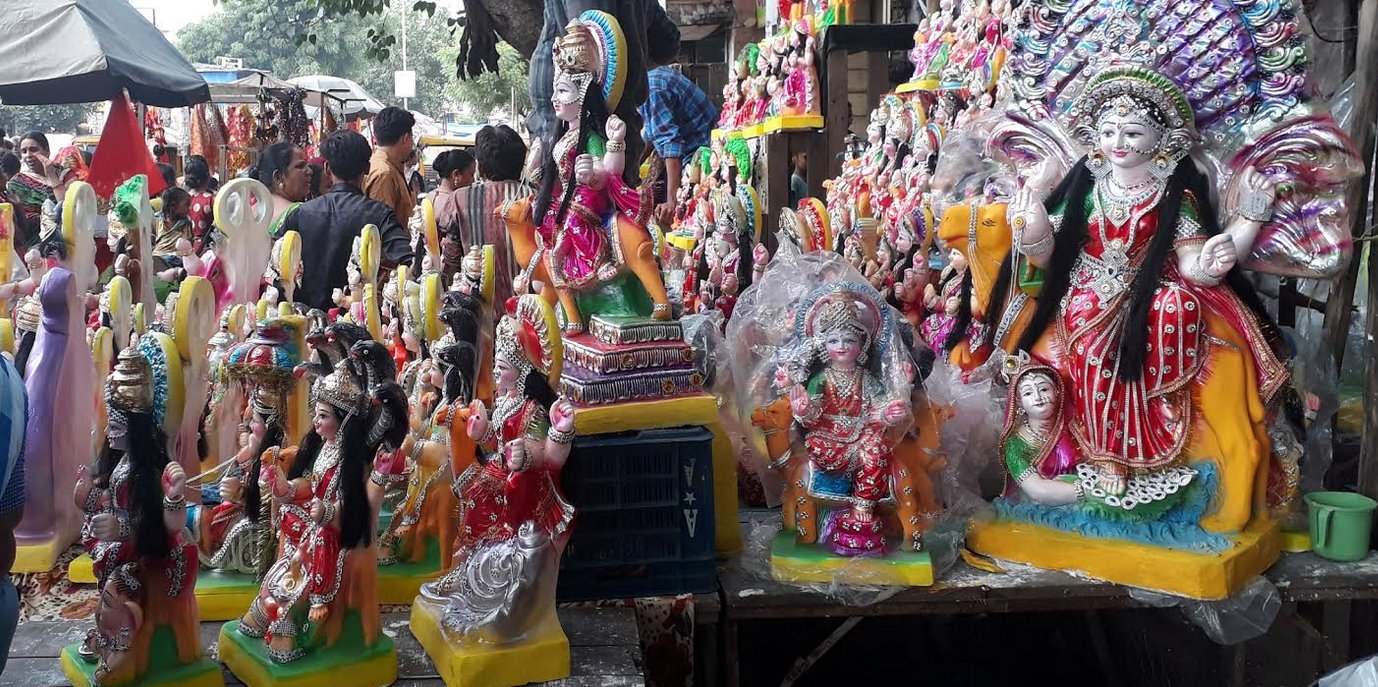Dashama Vrat 2023 : Story , Significance , Dates
July 17, 2023
Ahmedabad: The Dashama Vrat, a revered observance among Hindus in Gujarat, Maharashtra, Goa, and South India, is renowned for its gracefulness. This annual Vrat, lasting ten days, is dedicated to the worship of the Goddess Dashama (also known as Ashapura Maa or Momai Maa). It commences on the first day of Shravan as per the Gujarati calendar, which this year falls on August 17. The Vrat will go on for 10 days and end on August 26
Goddess Dashama, an embodiment of the divine Mother Goddess Shakti, is often depicted riding a camel with four hands, symbolizing feminine power. This Vrat is alternatively known as Dashama Na Naurta or Navaratri, and devotees worship Dashama in conjunction with the Peepal Tree and Nagbai Maa.
WHEN IS IT CELEBRATED IN OTHER STATES?
In other states, such as Madhya Pradesh and Rajasthan, the Dashama Vrat takes place during the month of Chaitra in the Vikram Samvat calendar, following the festival of Holi. This ten-day Vrat is observed as a festival, and some households acquire brooms to clean their surroundings.
SIGNIFICANCE OF THIS VRAT
The significance of this Vrat lies in its association with overcoming adversity. Dashama, the Goddess of Adversity, is believed to improve the living conditions of individuals and aid them in overcoming challenges in life. Each year, people worship Dashama for peace and prosperity. Devotees bring Dashama idols (Murti) into their homes for worship, and on the tenth day, the Murti is immersed in a river.
During these ten days, married women observe fasting, recite the Dashama story, and perform pooja (ritual worship) accompanied by Aarti (a devotional ceremony).
STORY OF VRAT
The Vrat’s story recounts the tale of King Vijay Singh and his spiritually inclined wife, Roopmati, who resided in a palace called Jal Mahal on the outskirts of their kingdom in Gujarat. One day, the queen noticed some women performing rituals and worshipping Goddess Dashama while looking out of a window at Jal Mahal. Intrigued by this spiritual practice, she inquired about it from her maids and was impressed by what she heard. Consequently, she decided to worship Dashama herself.
When the king discovered the queen’s involvement in the Vrat, he became angry and demanded that she cease her worship, claiming that Dashama was a deity revered only by the poor.
Offended by the king’s words, Dashama unleashed devastation upon King Vijay Singh’s kingdom. The king’s fortunes began to dwindle, so much so that when he used entered a fruit orchard the fruits started drying. In a moment of despair, he offered some dry sweets to his sister, which promptly turned into stones.
Suffering the consequences of his actions, the king was eventually imprisoned by a neighboring king. It was during his time in jail that he realized the cause of his misfortunes was his disrespect towards Dashama. Acknowledging his mistakes, he commenced worshipping Dashama in jail and observed the Vrat for ten days, leading to the restoration of his lost glory.
In a world plagued by increasing adversity and calamities, the pursuit of peace and happiness becomes a constant struggle for many. May this year’s Dashama Vrat bring abundant joy and prosperity to everyone’s lives. DeshGujarat
Recent Stories
- Gujarat govt to form AI Task Force
- Khambhat police book 31 for attacking police personnel
- BJP wins Vav assembly by-election in Banaskantha
- Progress update of Vadodara - Dahod - MP Border section of Delhi-Mumbai Expressway
- Thaltej Gam Metro Station ready; likely to open in December 2024
- Over 5 lakh tourists visit Rani ki Vav in Gujarat in two years
- Vav Assembly seat by-election 2024 live results
